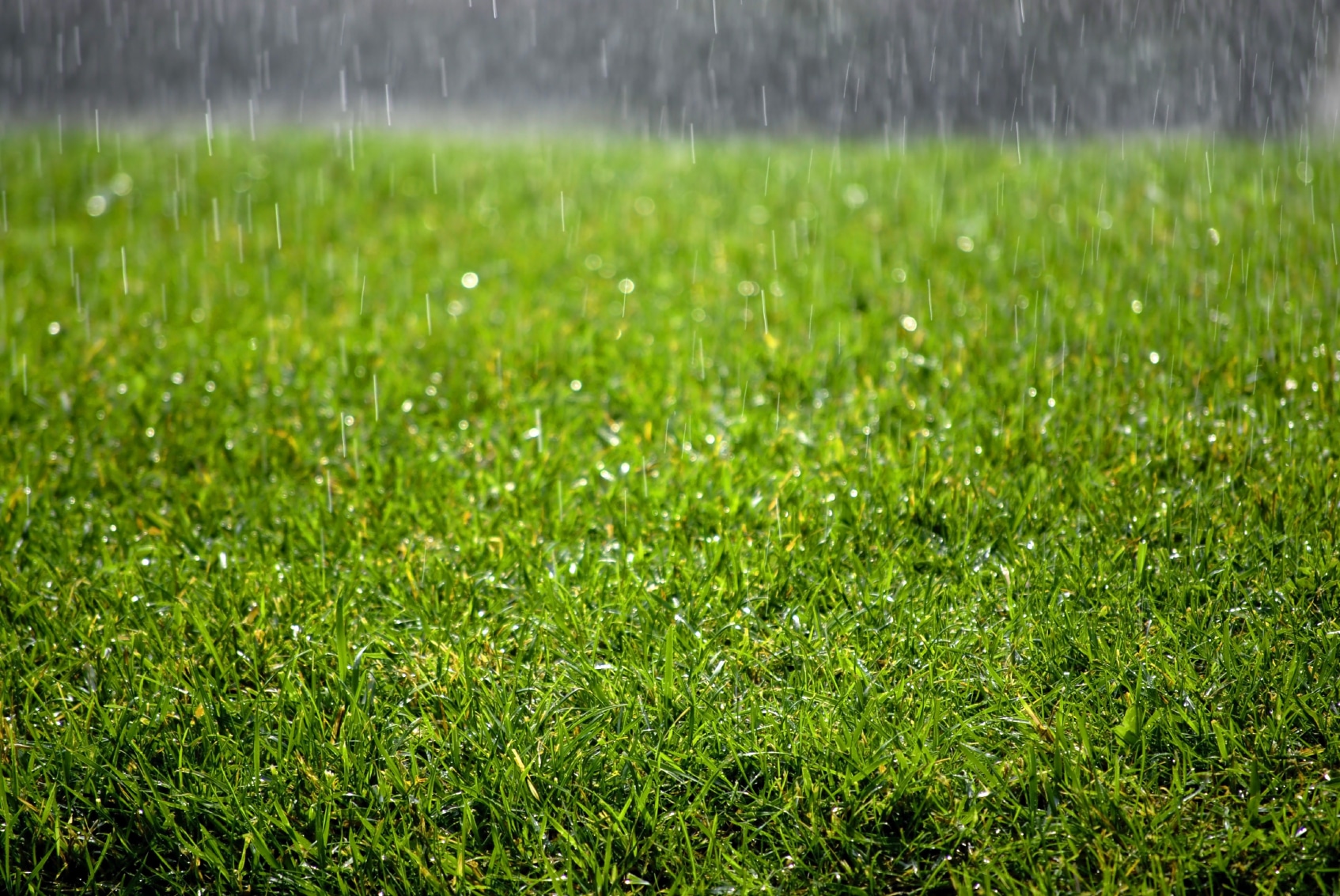How To Protect Your Artificial Grass From Extreme Weather Conditions In San Diego?

- Investing in high-quality artificial grass materials can significantly enhance its resilience to various weather conditions. Opt for synthetic turf that is UV stabilized and designed to withstand prolonged exposure to sunlight without fading or deteriorating. Additionally, look for products with strong backing and durable fibers that can withstand heavy rainfall, snow, and foot traffic.
- Proper installation is crucial for the longevity and performance of artificial grass, especially in extreme weather conditions. Ensure that the turf is installed on a well-prepared base with adequate drainage to prevent waterlogging during heavy rain or snow. Additionally, secure the edges properly to prevent them from lifting or becoming damaged during strong winds.
- Regular maintenance is essential for keeping your artificial grass in top condition, regardless of the weather. Remove debris such as leaves, twigs, and branches regularly to prevent them from accumulating and causing drainage issues. Use a stiff brush or leaf blower to keep the surface clean and upright, especially after heavy rainfall or snowfall. Additionally, inspect the turf for any signs of damage or wear and tear, and address them promptly to prevent further deterioration.
- Extreme heat can cause artificial grass to become excessively hot, leading to discomfort and potential damage. Providing shade can help mitigate this issue and protect the turf from the sun’s harsh rays. Consider planting trees or installing awnings, pergolas, or umbrellas to create shaded areas over your artificial lawn. Similarly, during severe weather conditions such as hailstorms or hurricanes, provide shelter for your artificial grass to prevent potential damage from debris or strong winds.
- In extreme weather conditions such as frost or snow, taking additional protective measures can help safeguard your artificial grass. Avoid walking or placing heavy objects on frozen turf, as this can cause the fibers to become brittle and break. Instead, use a gentle touch and allow the snow or frost to melt naturally. If necessary, use a plastic shovel or brush with soft bristles to remove snow without damaging the turf.
FAQs
Can Artificial Grass Withstand Heavy Rain?
Yes, high-quality artificial grass with proper installation and drainage can withstand heavy rain without issues. However, ensuring adequate drainage is crucial to prevent waterlogging and potential damage.
How Do I Prevent My Artificial Grass From Fading In The Sun?
Choosing UV-stabilized artificial grass and providing shade during the hottest parts of the day can help prevent fading. Additionally, regular cleaning and maintenance can prolong the vibrancy of the turf.
Is It Safe To Use Salt On Artificial Grass To Melt Snow?
While salt can effectively melt snow and ice, it’s not recommended for use on artificial grass as it can cause damage to the fibers and backing. Instead, use alternatives such as sand or non-toxic ice melt products.
Conclusion
Protecting your artificial grass from extreme weather conditions requires proactive measures and regular maintenance. By investing in high-quality materials, ensuring proper installation, and implementing protective measures, you can prolong the lifespan and beauty of your synthetic turf, regardless of the weather conditions it faces. Additionally, staying informed about proper maintenance practices and addressing any issues promptly can help ensure the long-term durability and performance of your artificial lawn. For more information, contact Artificial Grass San Diego at (619) 784-8855.

